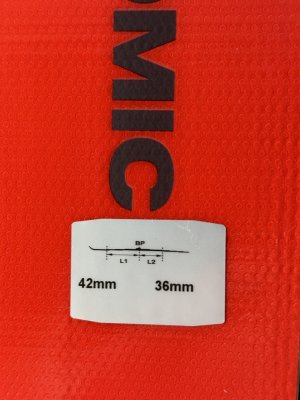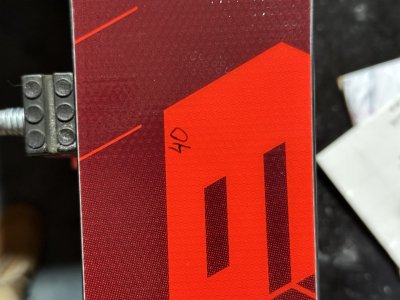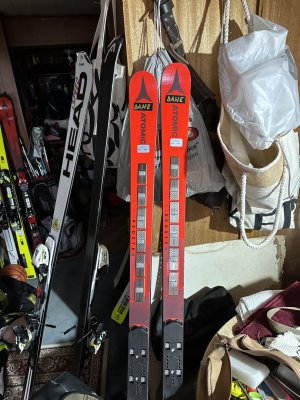A little late to this thread, but one thing that I have learned DIN is used to determine release values under a very specific test, no more no less. What doesn't do is determine retention in actual use, more on this later.
Additionally different binding designs (ie internals) load forces differently so while they test the same they do not perform the same. Any car nut should understand this as same wt, displacement, and hp in cars are not equal in 1/4 mile times, top end or lap times.
Hence, manufactures "cheat" by creating race bindings that have values that far exceed what should be possibly required, wait for it......RETENTION. As a comparison example Look has up to DIN 18 vs Atomic DIN 30. In real life applications (ie racing) a Look might be set for 14 vs an Atomic for 22 (just picking numbers for an example so no nasty comments) to have similar retention performance. In everyday skiing this value would be 8 or 9 for both as release becomes the determining factor.
So is DIN a good indicator of what to set? yes and no. It gives an excellent starting (and set) point for 90% of skiers out there, the other 10% (you know who you are 3 and up's) realize the risk at high values along with the requirement for more retention vs release as you understand the dangers of early release. The rest stick with the recommended and don't wonder why these insane DIN's are needed, leave that to the few of us that truly have the need (and don't play by the rules anyway

).
 )
)



 ).
).

